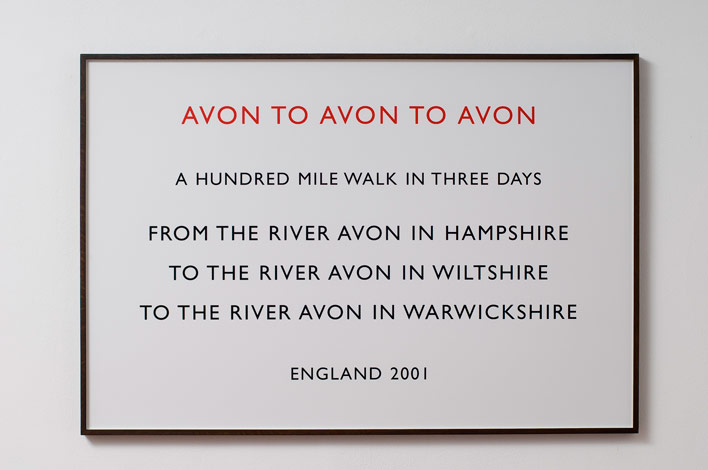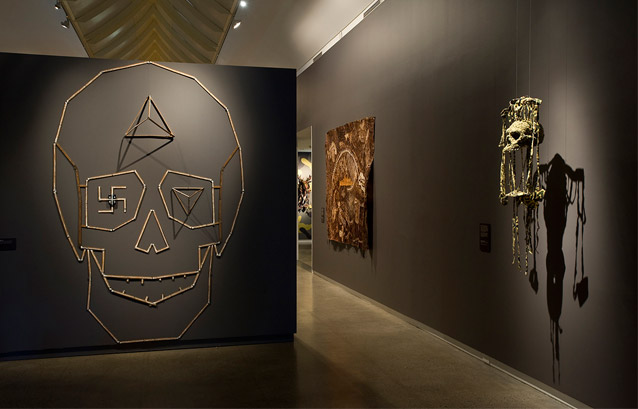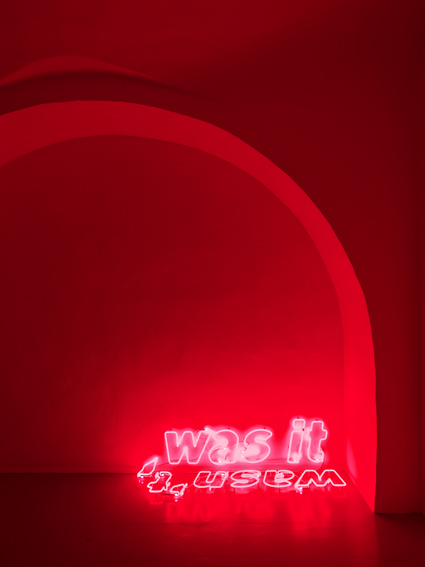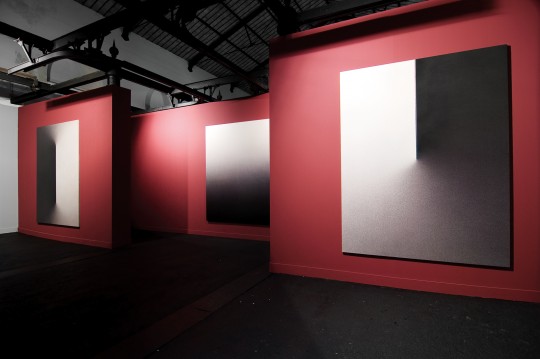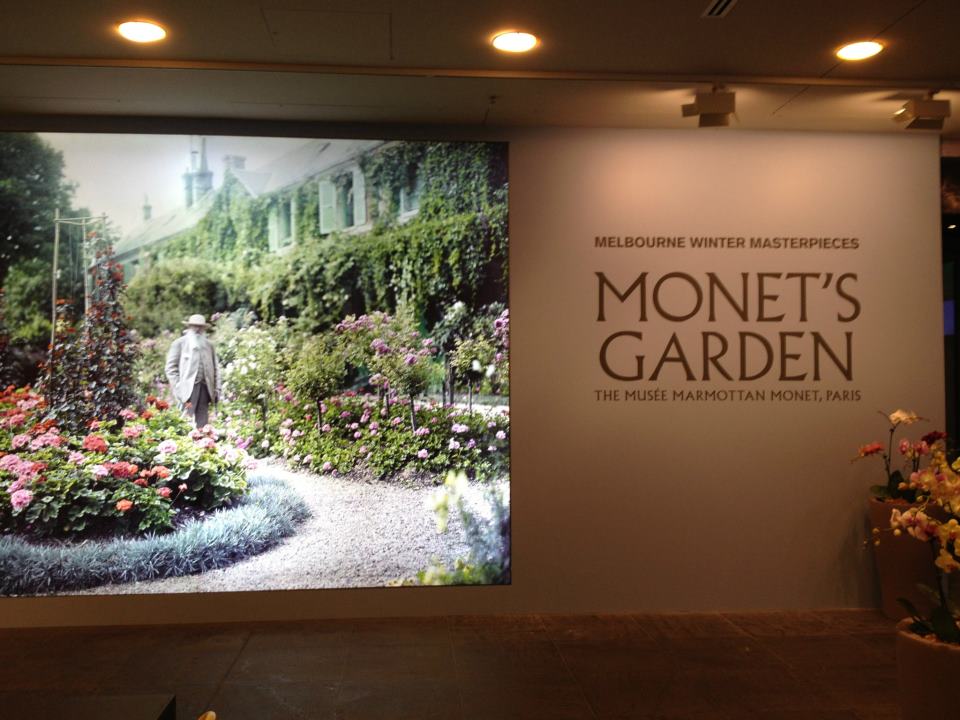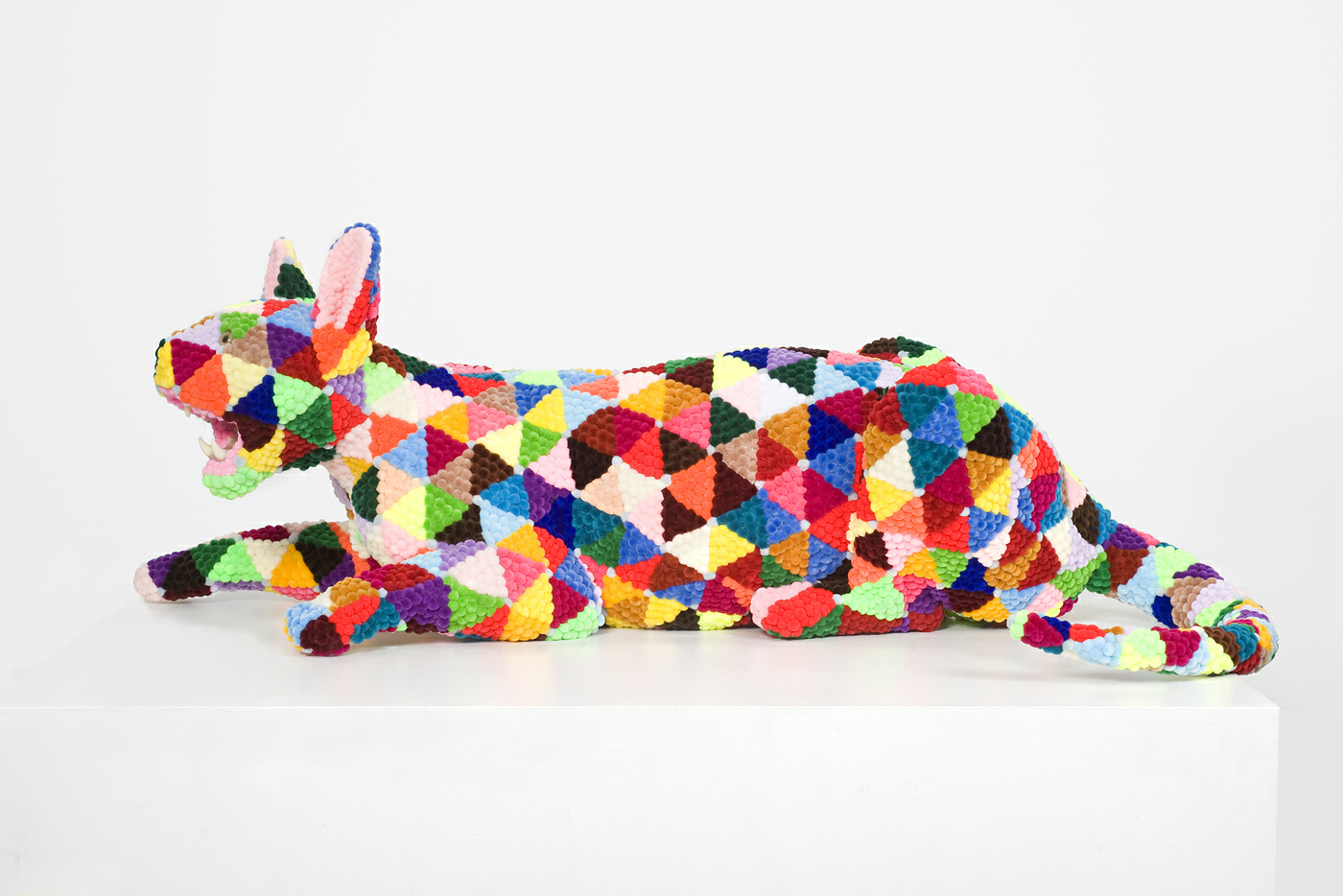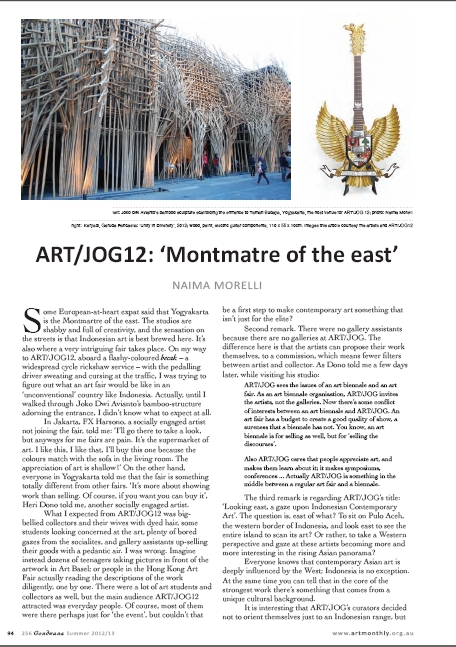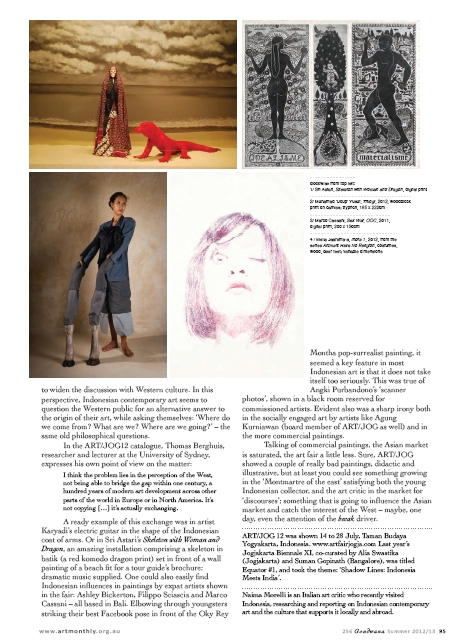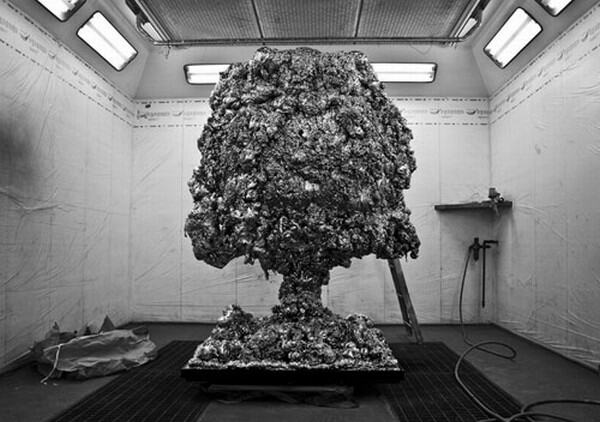
“Incalzatrice della storia Freno del tempo Tu Bomba / Giocattolo dell’universo Massima rapinatrice di cieli Non posso odiarti”
Correndo giù per Via dei Mille nel caldo di un aprile napoletano del duemilaundici, cercando di arrivare al Molo Beverello in tempo per prendere l’Aliscafo dell’una e cinque, vale a dire essere a Sorrento per le due meno un quarto circa, ecco in questa corsa (perché si sa che il movimento fa arieggiare il cervello, purchè non vada in iperventilazione) le immagini della mostra di Zabetta si sovrappongono, si alternano in rima baciata, alternata, incrociata e slogata ai versi di “Bomb” di Gregory Corso.
Sulla rampa di legno vigilata dai Vucumprà, a fianco al Maschio Angioino, inevitabilmente parole e immagini sono già tutta una pappetta, sbatacchiate come un frullatore nella mia testa, non resta che sedersi sull’aliscafo e fare un po’ di ordine.
Dunque, Coda Zabetta non penso proprio che abbia scritto una lettera d’amore alla Bomba, quello è stato Corso. Piuttosto quello di Coda Z. si tratta di un lavoro ordinato che ha condotto a un risultato efficace, puntuale e profetico, come ci hanno tenuto tutti quanti a rimarcare con occhi da Cassandra color acque di Mergellina, alludendo chiaramente alla recentissima tragedia nucleare giapponese.
